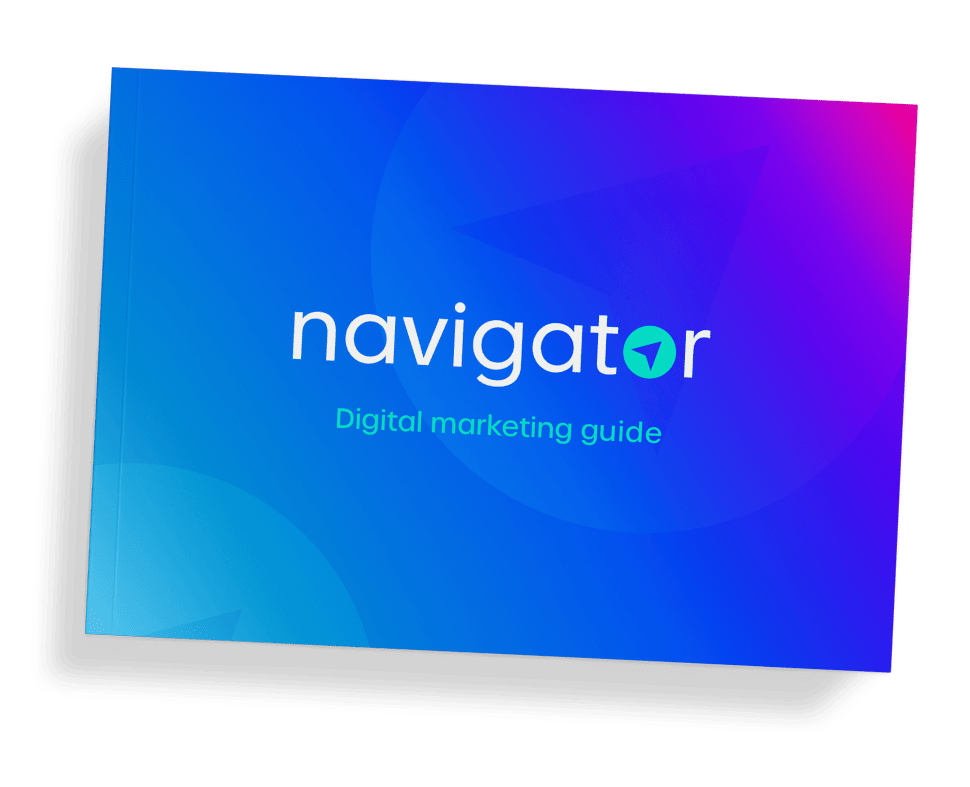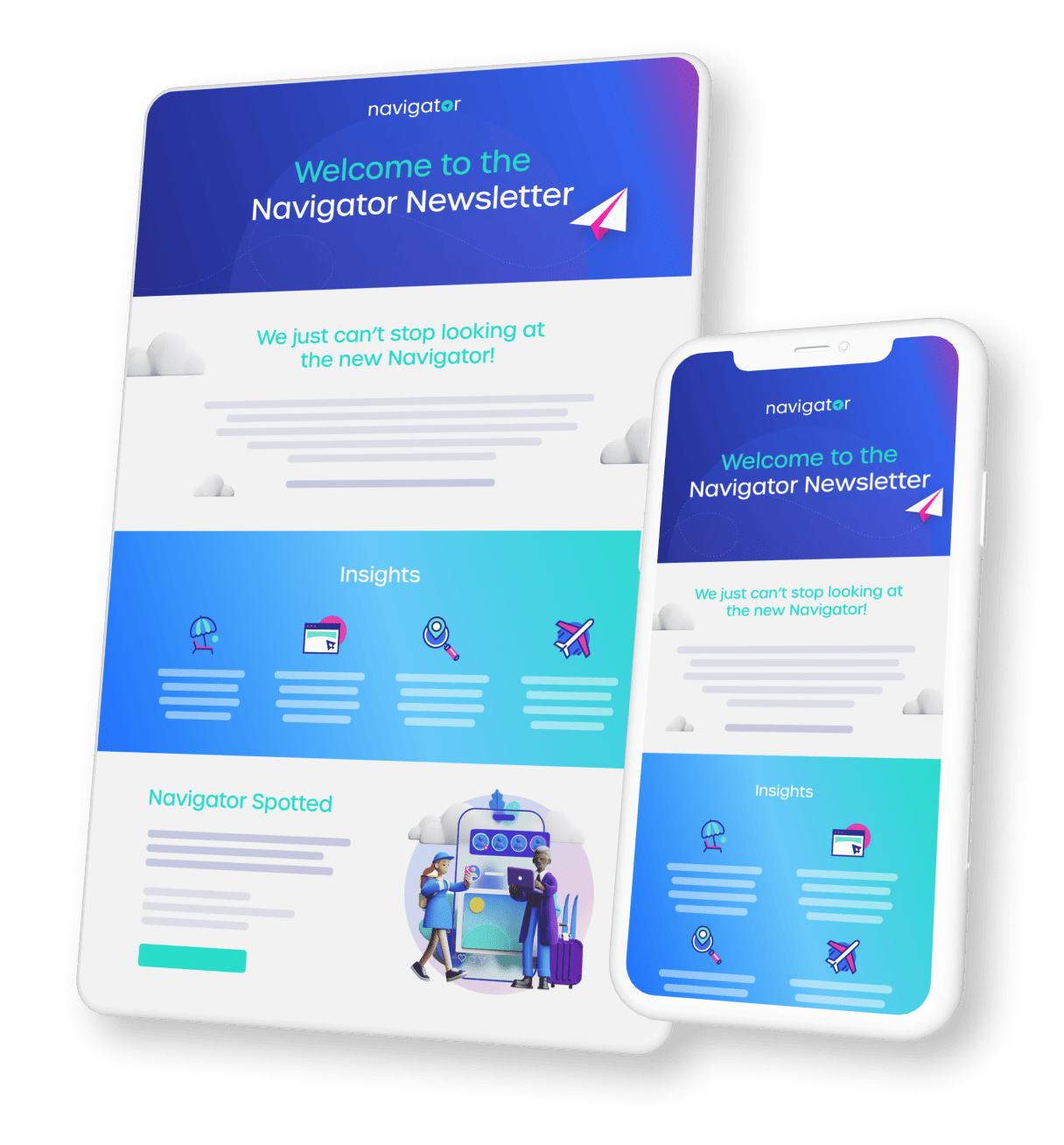20 February 2024
A Truly Bold Approach to Digital Marketing
There is a natural tendency for herd thinking amongst humans.
Behaving and thinking like everyone else.
We are taught and conditioned to be like this from school and it is something that I witness daily in digital marketing as we speak to and interact with many of our potential clients.
My belief is that there has to be a better way than what I see being done by most. A way which leads to superior results and truly exceptional marketing. It will require to break away from the status quo and to come at marketing with a different approach.
For those who are bold enough to take this approach, superior results will be the prize.
I would love as many of us as possible to bring some better thinking to our marketing problems and to be as bold as we can be.
Examining the Problem with Digital Marketing
Faced with a myriad of marketing choices and a tidal wave of misinformation, many of us wanted a simple quick-fix solution to our marketing problems.
We too readily fell for the claims of advertising platforms and those selling us marketing solutions – the belief and confidence of those advocating these ‘solutions’ can be thoroughly convincing.
Over the years I’ve worked in digital marketing, I have been astonished to discover how much we have been told about the outcomes these solutions is at best misleading, and at worst, downright wrong and damaging to our businesses.
Marketing can be complicated.
In many businesses, marketing is still not considered to be as important as sales (even though they are the same) and as a result is often left underfunded, under resourced, and one of the first things to be cut in corporate cost saving exercises.
Let’s be clear: doing good marketing is difficult, and funding good marketing has been woefully inadequate compared to the long-term success it can bring a business and the potential it has to deliver more sales.
Limiting funding and under resourcing marketing departments (compared to the results they are expected to bring) has only led to more and more focus being placed on bottom-of-the-funnel campaigns with the sole aim to drive quick sales and immediate results.
Hence our desire for a quick fix solution and hence our herd mentality.
See ad, buy product/service. Simple.
Issues with Marketing Tools
Unfortunately, the instruments used to collect and report marketing data and results have been the main contributor to us falling for the quick-fix solutions and over investment in relatively few marketing platforms/solutions. Over reporting and over claiming the success that they bring.
Faced with having to provide updates to our businesses on how marketing was performing, many of us sat there and added up the results that each marketing channel reported it was delivering and found that the number of purchases and revenue we were being provided with was far in excess of that month’s actual sales.
How could it be that we sold more via marketing than the actual number of sales the entire business had achieved?
Few marketeers, at this point, would have been blamed for switching their focus to the digital marketing platforms which were giving them the results that they could best believe in the most and ones which they could justify future investment in up the chain to senior management and in board meetings. And most of us did just this.
However, by doing so, we started to lose our way in digital marketing and started to think and act like a herd.
Instead of questioning and investigating the instruments which were providing us with our numbers, we tended to believe in the outputs (results) we were given – using these outputs to determine where to best place our marketing dollars.
The result? Giving the few (platforms) the many ($) and placing too much trust in the platforms which we felt gave us the answer we wanted to hear.
(when I say instruments, I am talking about Google Analytics, UTMs, Facebook Pixels, 3rd party tagging and the attribution methodologies associated with them all).
Marketing Example: Las Vegas Hotel
Let me give you a real-life example of this in action.
In my previous article titled ‘4 concerning reasons we lost our way in digital marketing’ I gave the example of a very big hotel brand in Las Vegas who are currently spending around $25,000 a month on an ad campaign which was set up to direct traffic to their website from Google search.
With a click through rate of nearly 50% and a huge conversion rate to boot, it would be easy to think and report that this was money well spent.
Unless…….
On further inspection, and by digging deeper into the campaign, you realise that the key words they are using, and spending the $25,000 on, are their own hotel name and their own website domain.
Yes, they are spending $25,000 a month on targeting people who were going to end up on their website anyway and are simply too lazy to type the hotel domain into their web browser, instead going to Google and typing it there.
$300,000 a year to Google.
And I don’t even blame them for this.
Because if they didn’t spend this money then a competitor of theirs would bid on their key words and potentially direct this traffic to their website instead.
The problem I do have with this example is that the marketing team at the hotel in question were using these results to report to their business how successful they were being and what return they were getting from each $ they invested.
And it didn’t even stop there.
Due to the lack of trust in any other tracking and attribution instrument, they were relying on last click attribution and measuring via Google Analytics for every other marketing campaign, including those that they were attempting to run on the likes of Meta.
Expecting Google to build an accurate and reliable way of measuring digital marketing campaigns other than ones executed on a Google platform is like expecting Coca Cola to try and sell more Pepsi. It simply isn’t going to happen.
You might be surprised to know that this hotel now only runs Google search and email marketing campaigns as the ‘results’ they are achieving with other platforms ‘don’t meet expectations.
How to Be Bold in Digital Marketing
You may well be sensing a degree of frustration as I write this article, and you wouldn’t be wrong if you did.
This is because I believe in the potential that marketing can bring and can see that while current results might be ok, there is so much more potential for it to deliver more for our brands.
I don’t care how good you are, I care how good you can be.
Let’s take a quick moment to remind ourselves of the core definition of marketing – placing your brand in front of your potential customer.
In order to do this effectively and for the lowest possible cost, it requires us to identify who our potential customer is and find a platform which can reach them at the best possible time.
The leading marketing campaigns (and ones which achieve superior results) think about the customer buying journey and craft excellent creatives to best engage their audience across this journey – from first thinking about the purchase all the way through to buying the product (which in some cases might take months or even years).
In essence they put the right ad, in front of the right person, at the right time.
In our earlier example, it could be argued that the hotel in Las Vegas is placing their brand in front of their potential customers at the very moment they are in the market for their product. Which, in part, is true.
However, what they are neglecting is rest of the customer purchase journey (other than the very bottom of the marketing funnel – the point of purchase).
- How did the customer hear of their hotel?
- What led them to typing their brand name into Google search?
- How much research and price comparison were conducted before the customer got to the point of buying?
- And what is their customer looking for when making that purchasing decision?
These, and many other questions will remain unanswered if you simply run a Google search campaign targeting people who are typing your brand name into the search bar.
Maybe the real question we should be asking is: how many more customers could this hotel end up with if they weren’t looking for the quick fix and instead started to communicate with this customer the moment they searched for a fight or hotel into their destination?
How to Achieve Better Results from Digital Campaigns
1. Use the platforms and solutions for what they can do for you
All of the main marketing platforms/solutions available to us have different strengths and can help you in different ways. If you use them for what they are good at and are happy to judge the performance against the outcome you are looking to achieve, then you are likely to benefit from far superior marketing results.
Google search is not the most effective way of increasing brand awareness with your potential customers. Mass, open ended audiences, and millions of impressions served on Meta is equally not the most effective way of running aggressive conversion campaigns focussed on a return on investment.
Multiple outcomes require multiple platforms (which will yield very different results from each other).
2. Accept that performances may vary across platforms
One of the biggest challenges that faces digital marketeers today is accurate, reliable and, above all, trustworthy tracking and attribution. Sadly, this is only going to get harder post the cookie apocalypse. Each platform has a different methodology of tracking and reporting on KPIs and we need to accept that we will therefore get a variance in performance. This isn’t to say we accept poor performance, but I encourage you to judge the success of the campaign on the specific outcome you are trying to achieve per platform.
It’s a tracking problem, not a platform problem.
3. Embrace the Full Marketing Funnel
I am not sure why we have forgotten the full marketing funnel. It is one of the first and most basic lessons we learn about successful marketing. By ignoring the funnel, we limit how many people end up at the point of purchase.
Finding marketing solutions which can provide you with your potential customer from the moment they are in the market for your product/solution all the way through to point of purchase will enable you to nurture people down the funnel and result in more sales than you would have had otherwise.
The most successful brands at marketing do just this.
4. Remember Your Audience
Last, and by no means least, is your audience. In today’s world of diminishing data accuracy, it has never been harder for you to reach your potential customer outside of your own first party data.
Solutions exist that allow you to reach your audience without you having to waste your budgets on mass and untargeted groups of people. Finding these solutions will be critical for you to succeed in acquiring as many new customers as you possibly can, for the lowest possible price.
The Principle of Marketing
I believe in the principle of marketing: to place your brand in front of your potential customer. Great marketing places the right ad in front of the right person at the right time across the marketing funnel. I look forward to seeing your marketing mix in action.
Written by: Steve Rowbotham
from the Navigator Team
Get in touch with Steve today to talk about how Navigator can super-charge your travel marketing ad campaigns.


